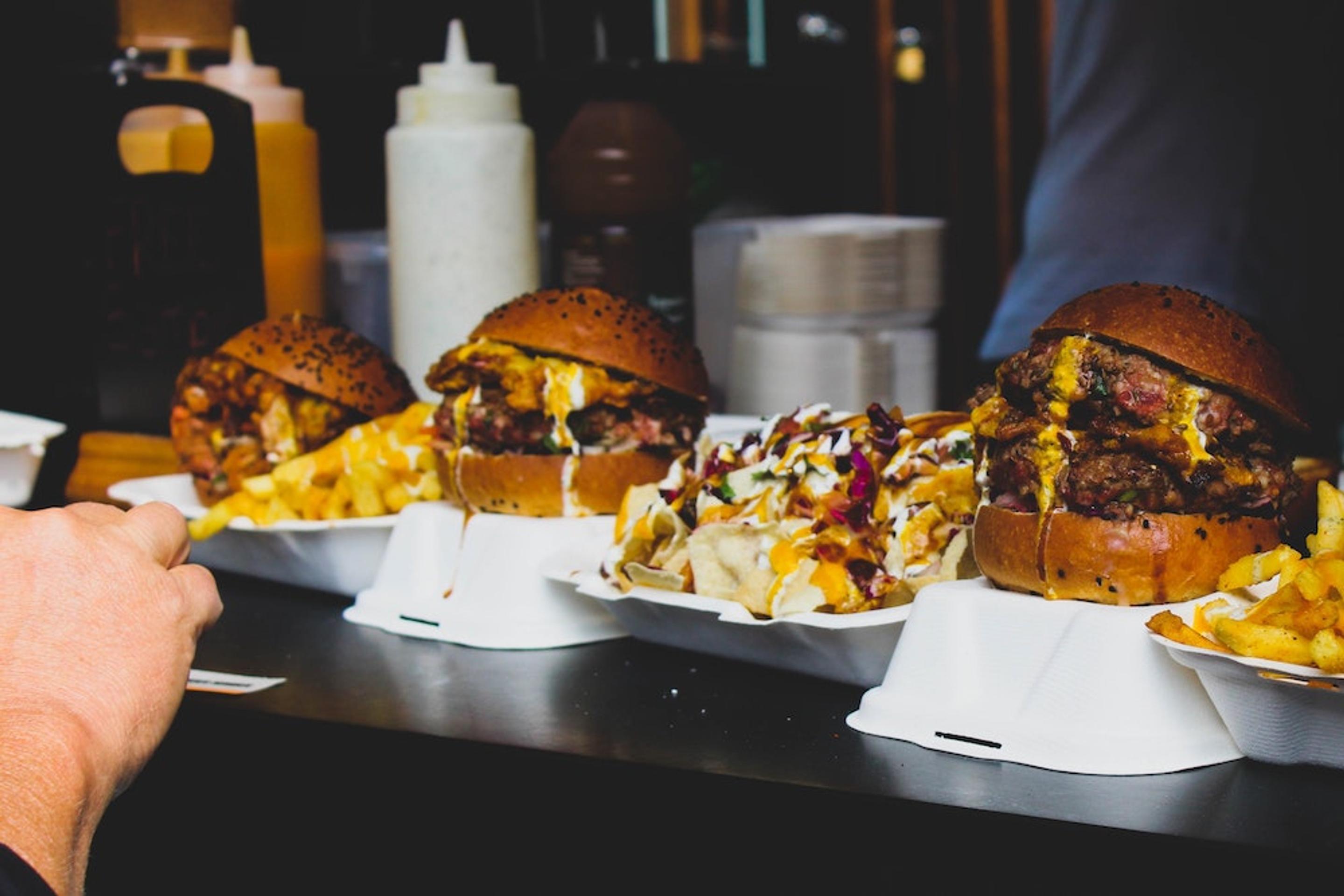4 ways brands can break through digital sameness
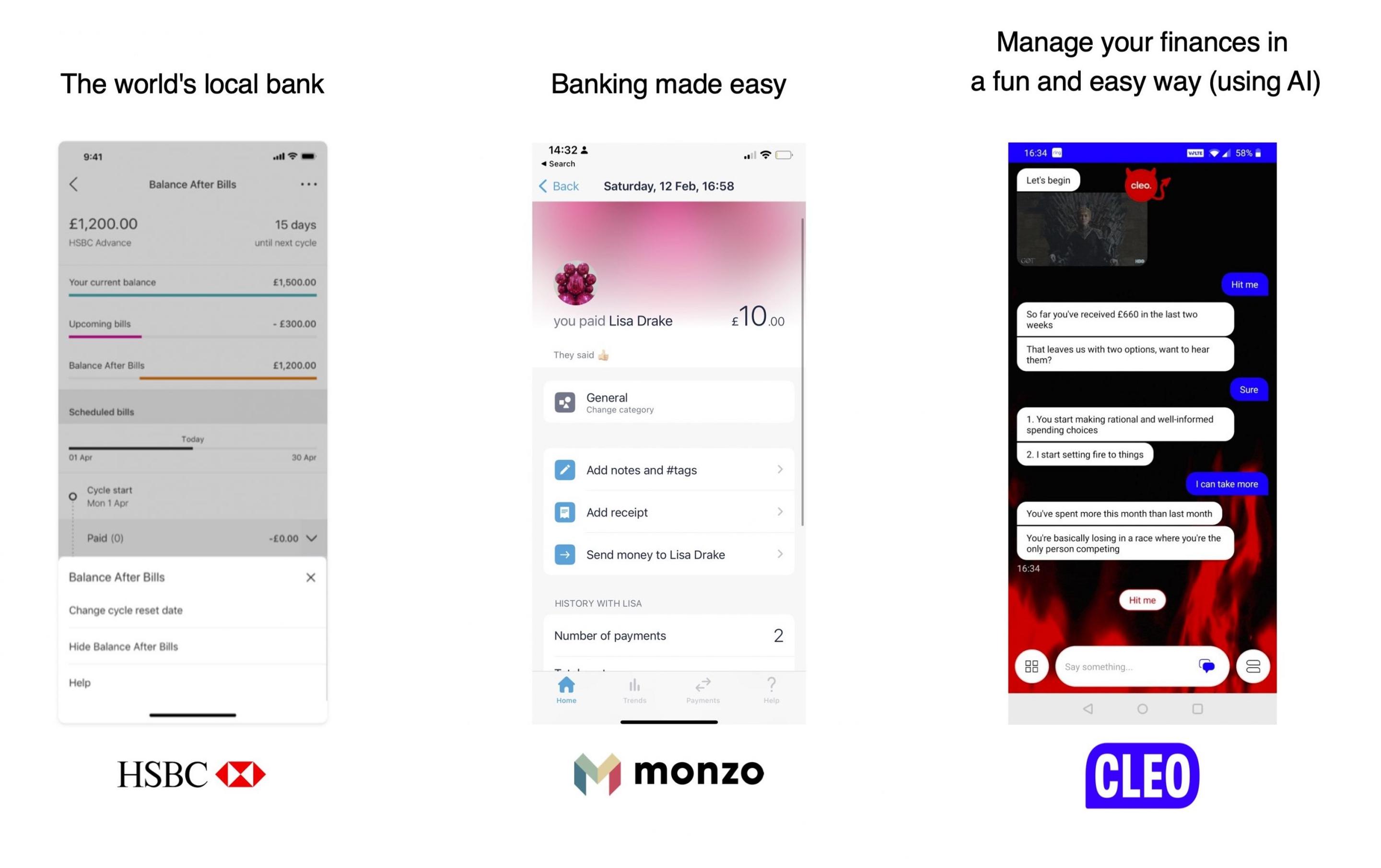
The acceleration of digital transformation has given customers a wider range of choices than ever before but this has resulted in digital experiences starting to act and feel similar.
Death by homogenisation, coined by Forrester, happens when brands put (over)emphasis on releasing products or features quickly, using competitors as a guide to what they should release.
We have identified 4 ways brands can differentiate themselves by creating memorable moments that welcome people back to an outstanding experience.
1. Highlighting your brand promise and how it comes to life
There is no brand loyalty without brand affinity and brand affinity is needed to get on top of mind for users. One of the ways to introduce this into your product is to emphasise your brand promise. What is it that your business aims to do for customers? How is this reflected in your services? Is this service right for your brand? If most digital products follow the same pattern, your brand values are what help make you distinct from your competitors.
Take HSBC, Monzo, and Cleo as an example.

All these apps focus on providing users with a way to manage their money. HSBC promises that it’s the world’s local bank but there is nothing in its core banking app that suggests this. Monzo makes banking easy but its services have now been copied by the likes of Revolut and Starling, meaning it no longer has a point of differentiation. While Cleo, which vows to manage finances in an easy and fun way, does not only live up to its brand promise, it also offers a unique selling point.
Cleo is very suitable for its audience, allowing Gen Z to manage their money in a particular way, using chatbots and language centred around roasting. The features are right for the brand and tone-of-voice, and this is a very powerful way to bring the experience to life.
2. Building emotional connections
Building positive emotions with those that use your product and interact with your brand has shown many benefits. According to Deloitte, 90% of us are more likely to stay loyal, 88% would spend more and 91% advocate for a brand that we have a positive emotional connection with.
As customers and communities adapt their everyday lives, we need to understand their needs and behaviours – but what about understanding their emotions? This vital design dimension is often ignored and yet, as designers, we are ultimately responsible for connecting with people by making them feel! Many brands don’t consider the emotions that people have when they’re using it, or think about feelings merging together.
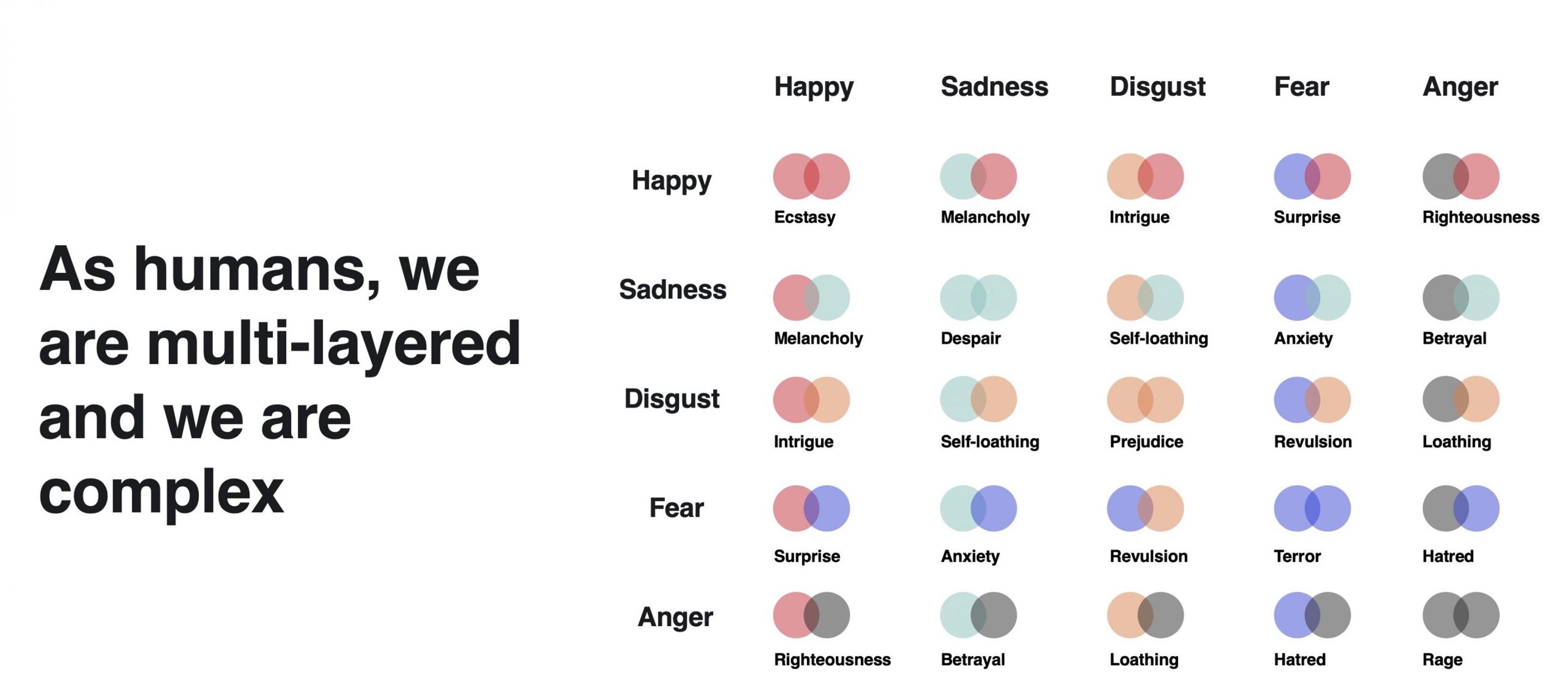
Brands usually reserve emotion for marketing strategies, but the experiences you create should consider how your brand designs those relationships into digital products, which are traditionally more functional.
For example, people that use your product to order food while in a hurry will shop very differently than those who have time and/or have particular dietary needs. Your product should consider all states of emotion people can be in.
3. Balancing friction
For a long time we’ve loved the idea of being frictionless – pick up what you need and leave the store or end a task with as few steps as possible. But little is said about how friction introduced at the right time is a good thing.
Something that gives us time to trust and connect with a brand will be more valuable than something that only provides uncertainty.
For example, placing an order, hitting a button, and not getting a confirmation message – this is a bad frictionless experience as you don’t know if the order was placed successfully. But disrupting a task to add clarity, such as Google asking about your attachment when you forget one but mention the word “attached” in an email, gives users a lot more confidence about their actions.
4. Defining the core functionality
Products that stick, create habits, and exceed expectations do so by answering new questions. When you look at the core of some great digital products, it's easy to understand. They each found a new question to answer and addressed this through an elegant solution as shown below.
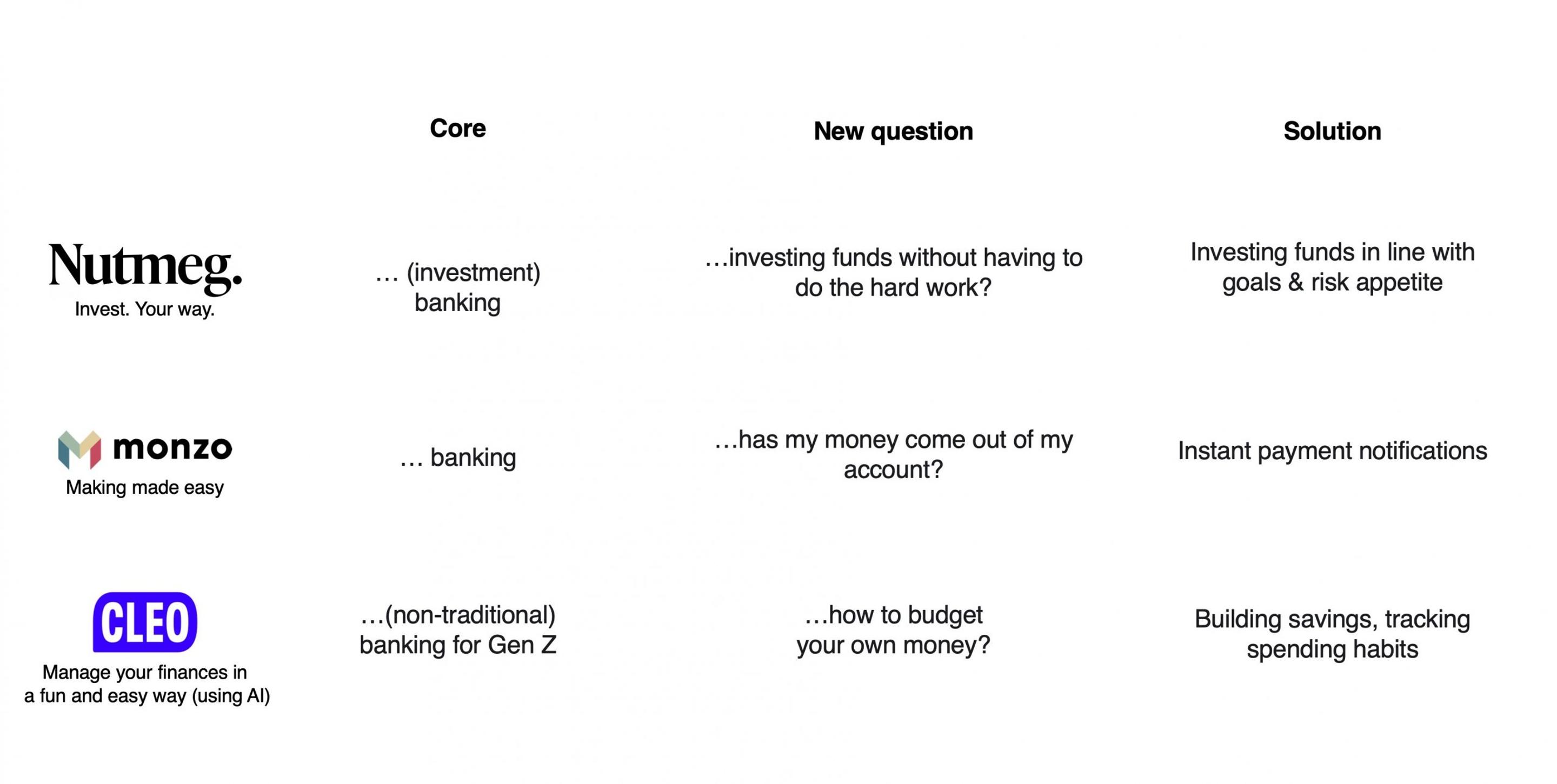
We’ve identified 5 traits to help brands create those experiences:
We’ve previously discussed this in-depth in our webinar, Digital Products that Stick, which you can now watch on-demand.
Key takeaways
When you’re designing memorable digital experiences for your customers for brand loyalty and stand out appeal, you need branding, emotional touchpoints, and friction at the right moment.
To form distinctive interactions:
This elevates your brand from another faceless service that could be found anywhere else, to one that customers trust, return to and even advocate for because they remember it. To find out how to bring this altogether for your brand, get in touch with our team today.
Insights

Why You Need Interactive Web Design

Customer Experience - Where to Invest and What to Avoid
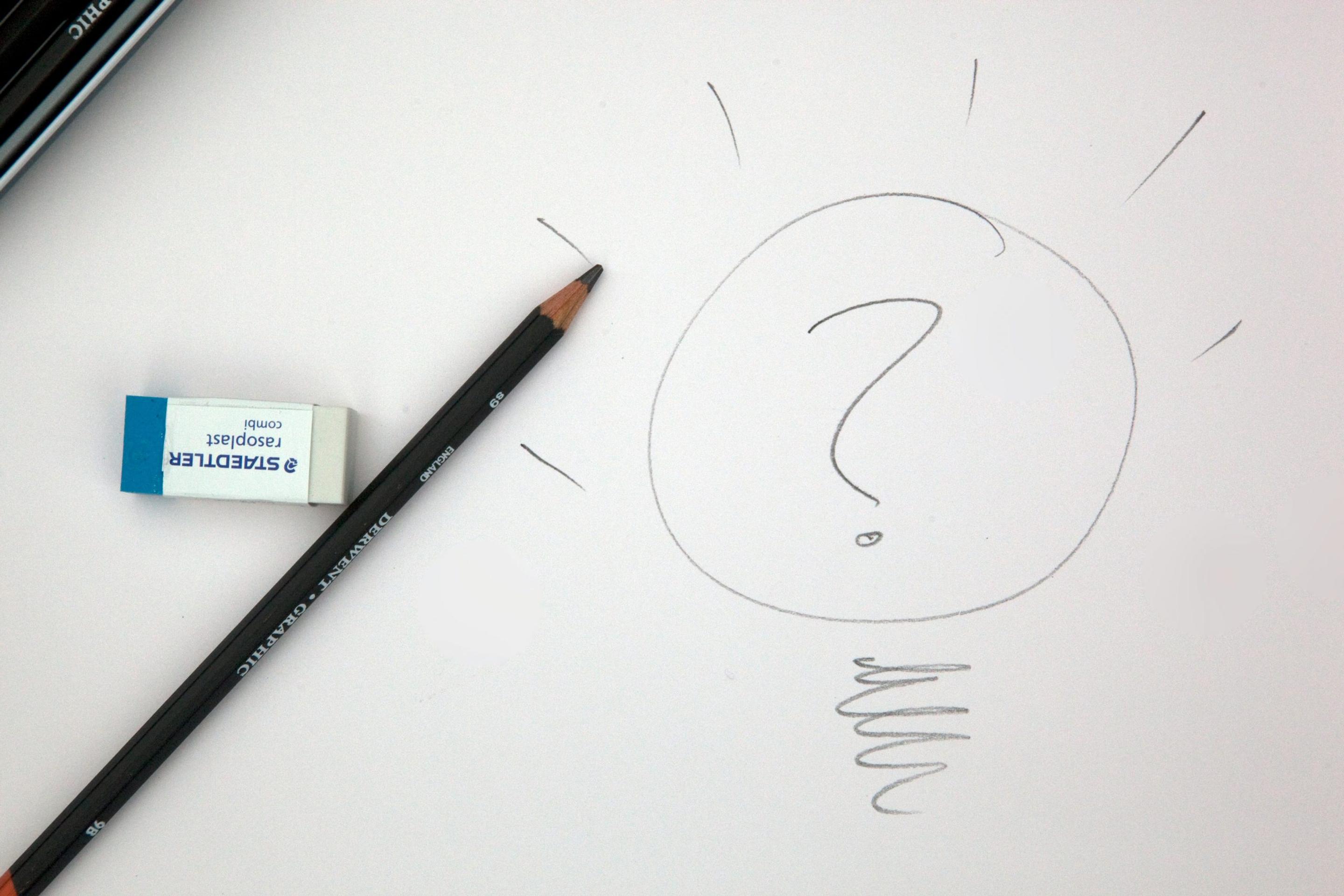
Creating a Product Development Strategy

5 Trends Driving AI in Customer Loyalty Programmes
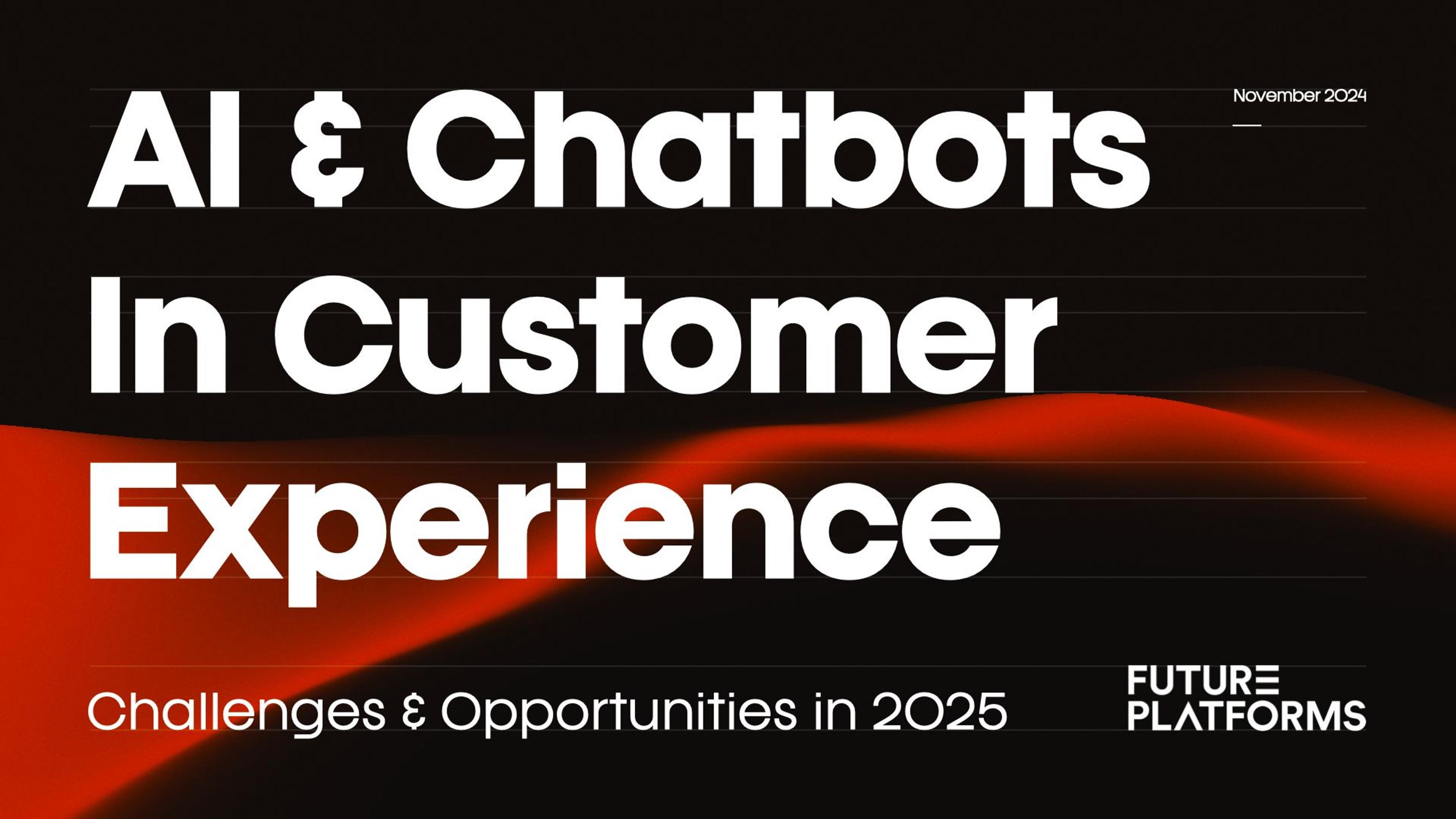
AI & Chatbots in Customer Experience (CX): Challenges & Opportunities In 2025
